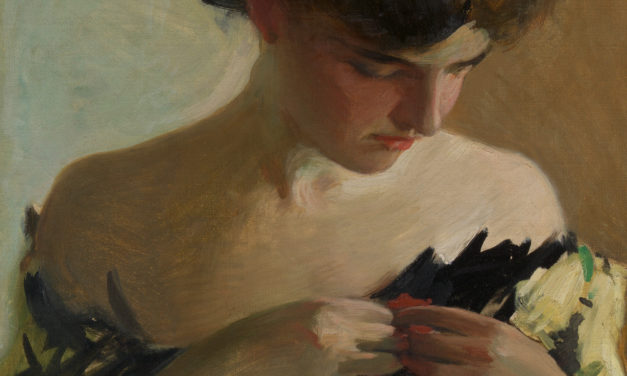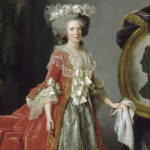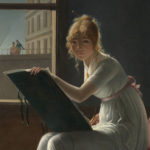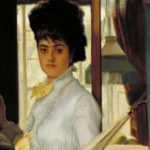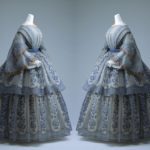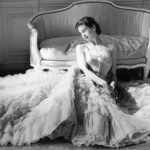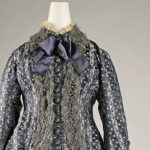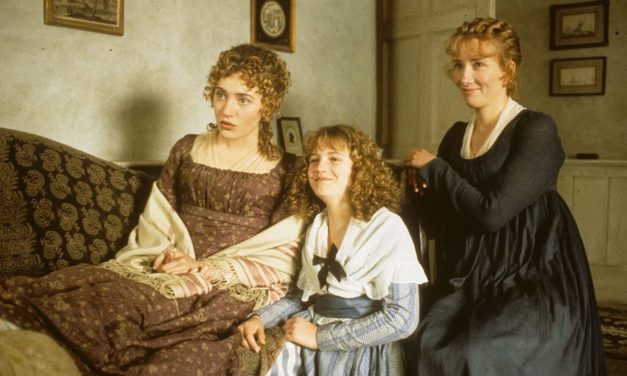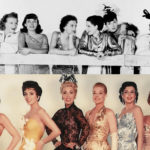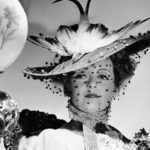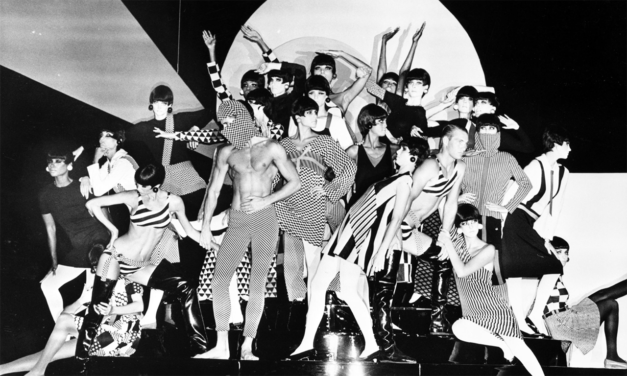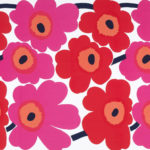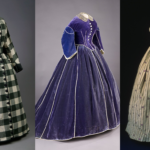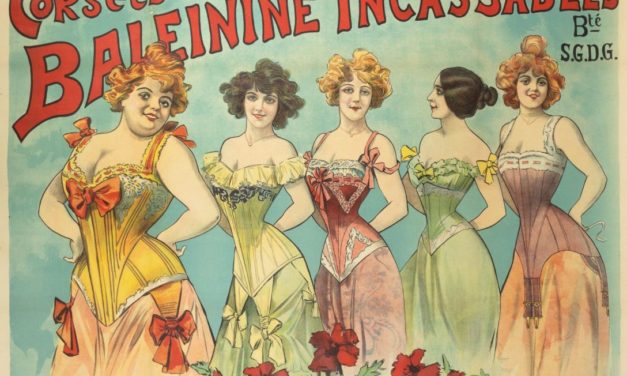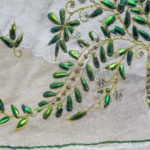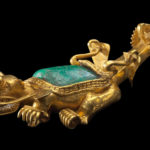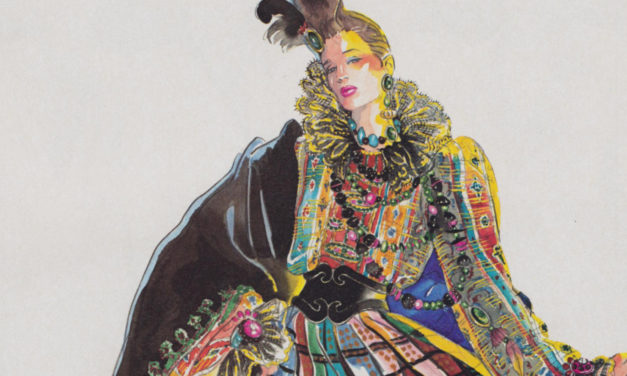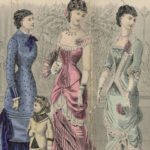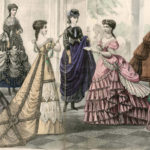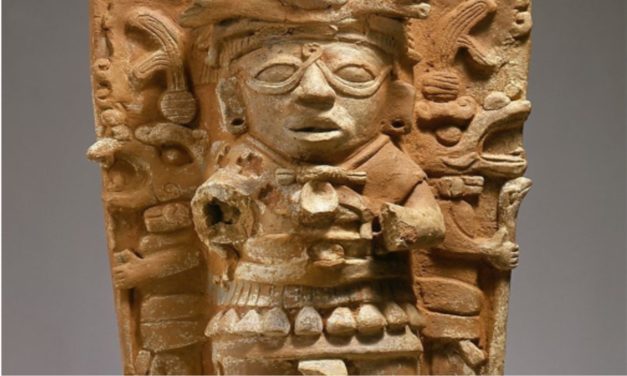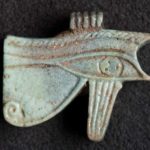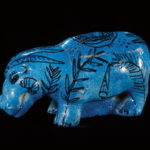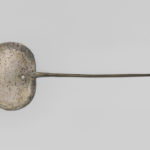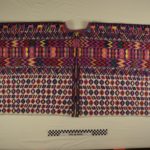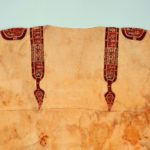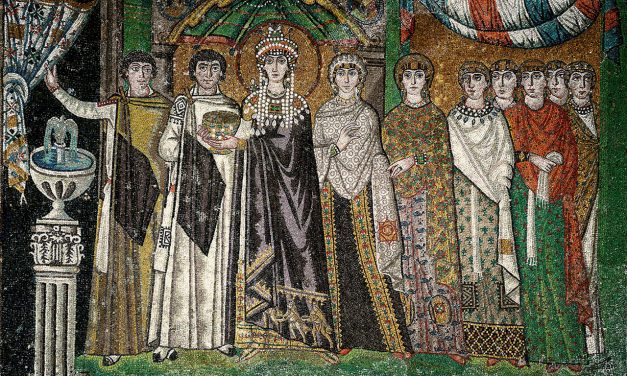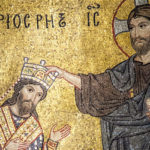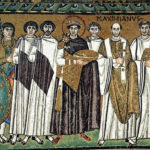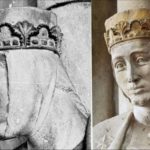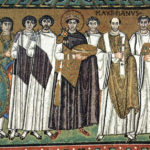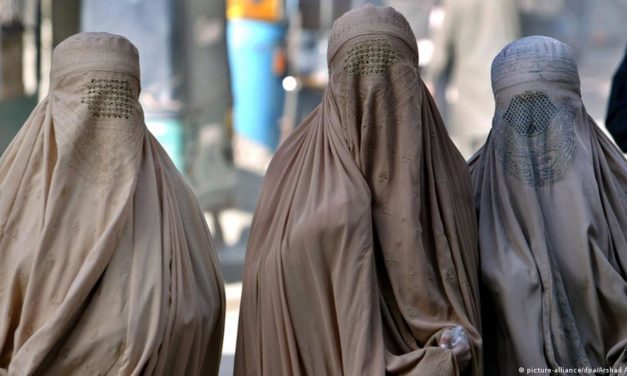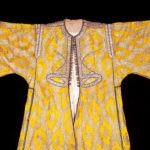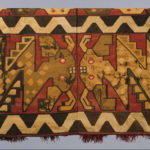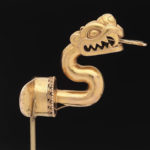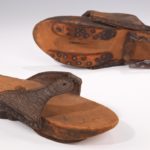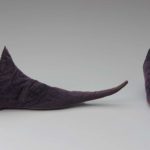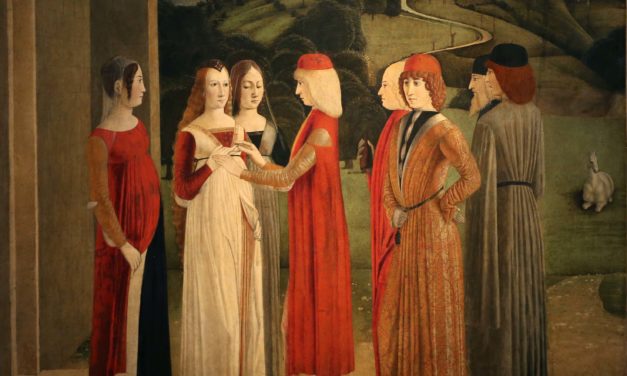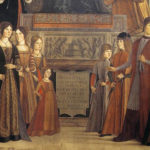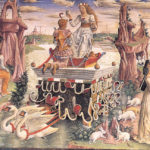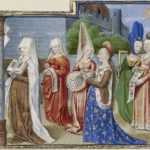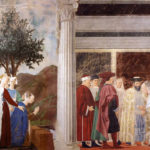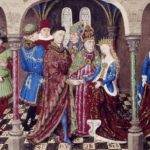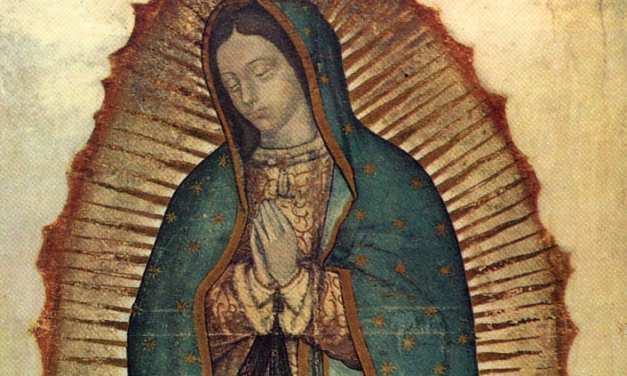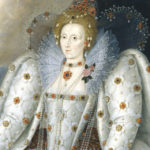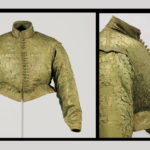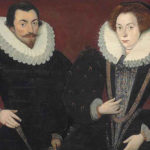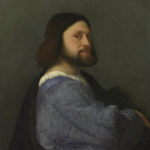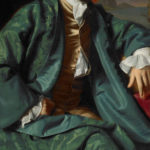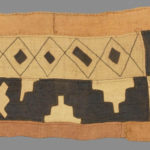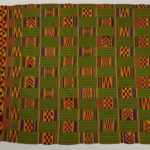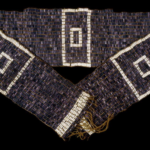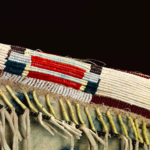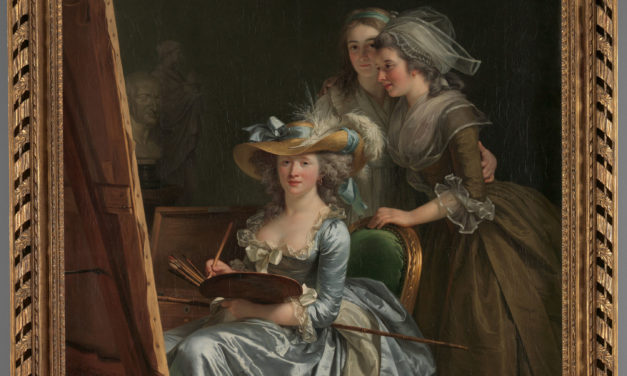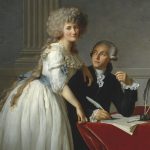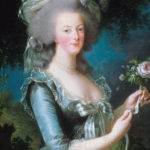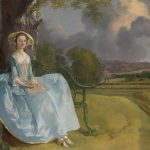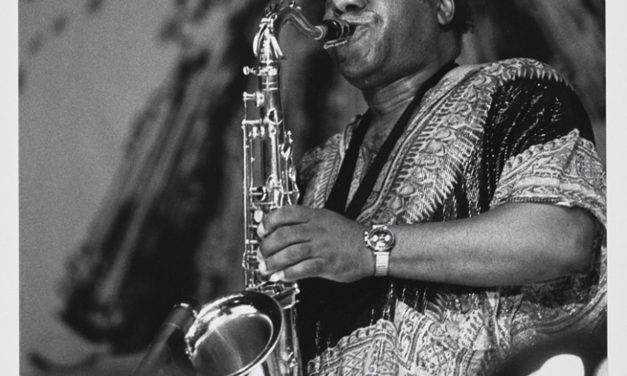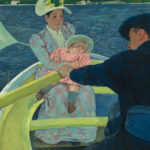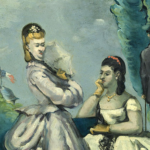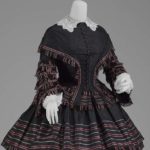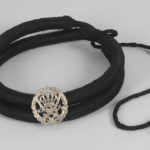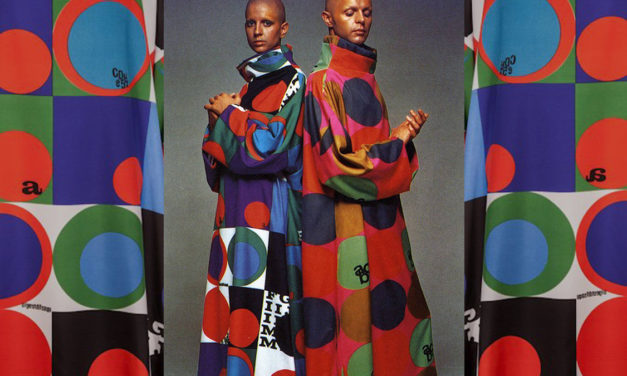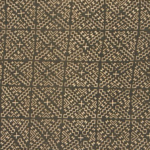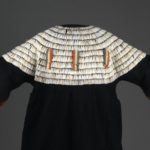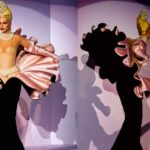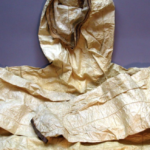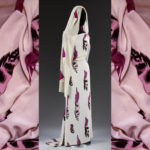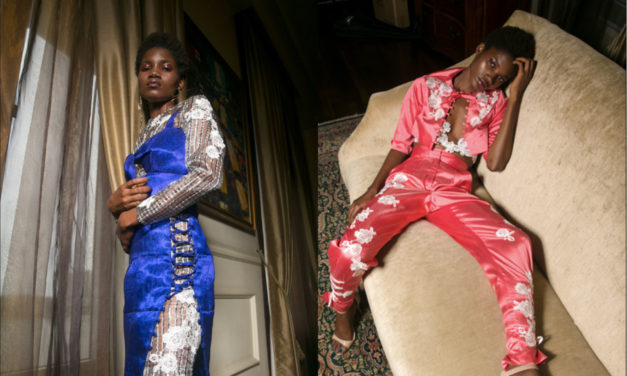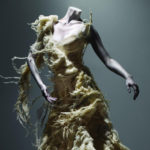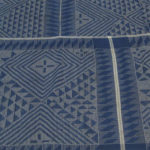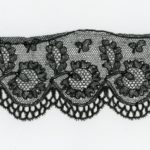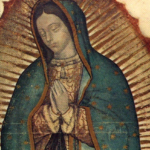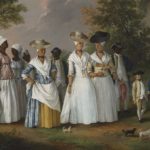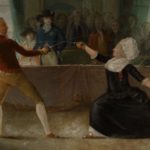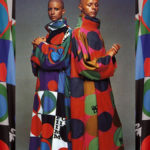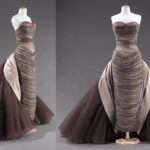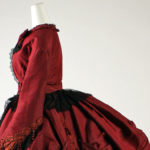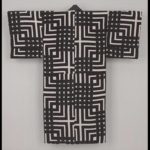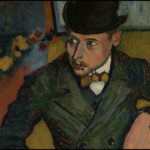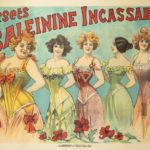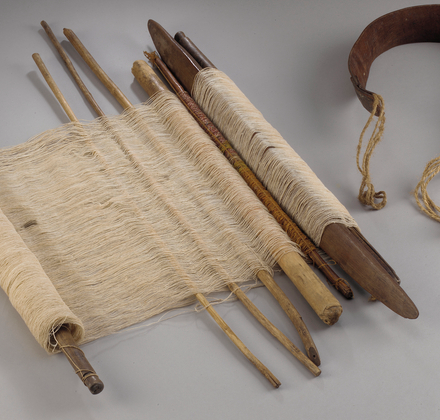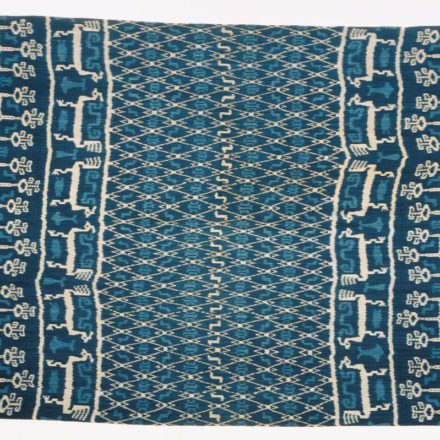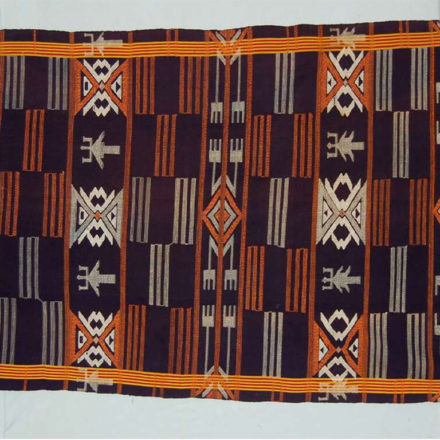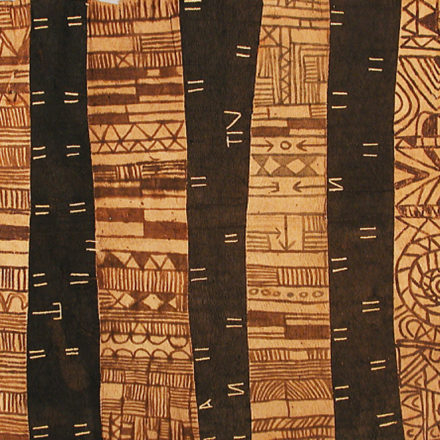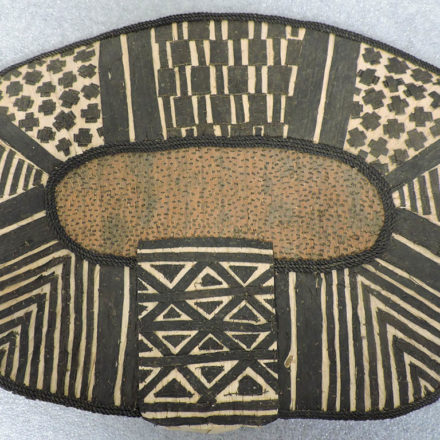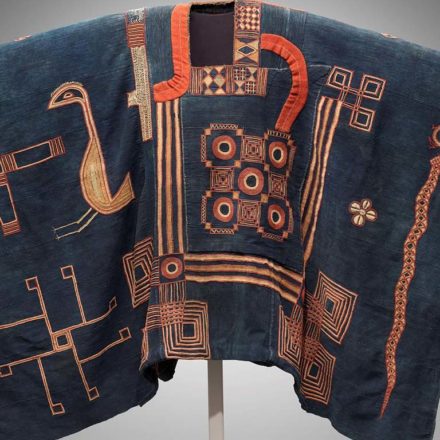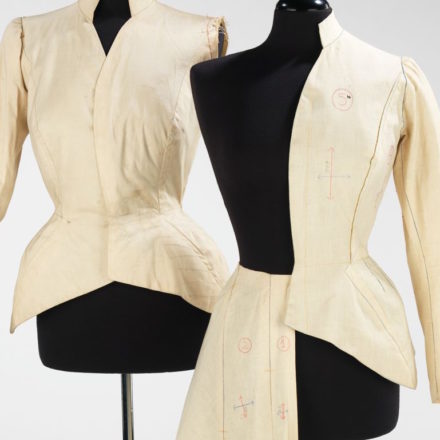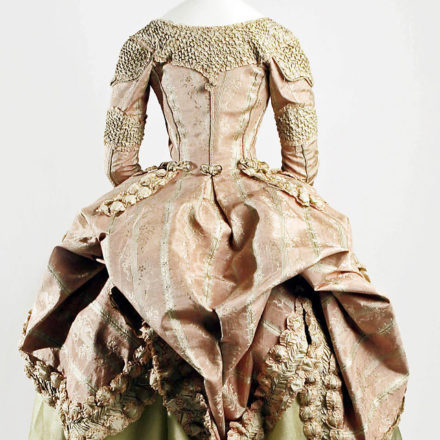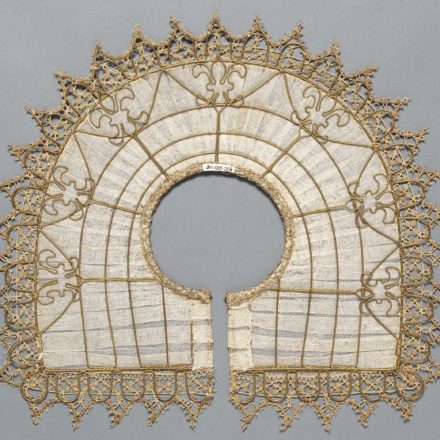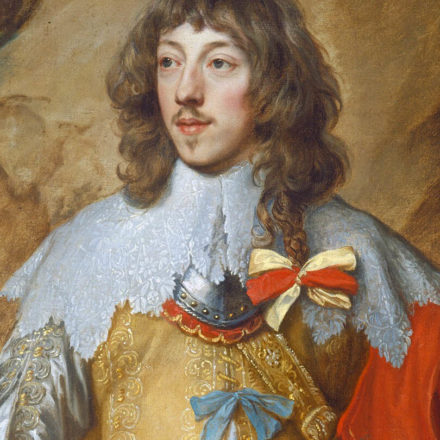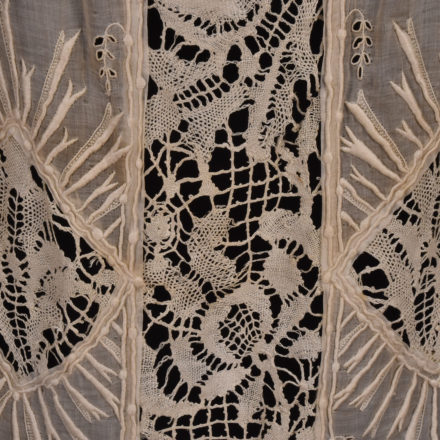- artwork analysis
- garment analysis
- film analysis
1906 – John White Alexander, Study in Black and Green
Alexander replicated this same evening gown in paintings over a six-year period as it slowly progressed from fashionable to outdated.
1977 – Vivienne Westwood/Malcom McLaren/Jamie Reid, “God Save the Queen” T- shirt
Vivienne Westwood and Malcolm McLaren's “God Save the Queen” T-shirt is a white, long-sleeve shirt with distressed elements and a bold graphic by Jamie Reid featuring lyrics to the Sex Pistols song. It has become an iconic representation of early British Punk style.
1995 – Lee, Sense and Sensibility
The film Sense and Sensibility is based on a novel of the same name by Jane Austen, originally published in 1811. The adapted screenplay was written by Emma Thompson, who also plays one of the lead characters, Elinor Dashwood, whose costumes are the focus of this study.
- designer profile
- thematic essays
- year overview
1922-1985 – Rudi Gernreich
About the Designer Rudi Gernreich was an avant-garde designer whose works questioned the status quo of the fashion industry and often reflected his own political...
Inès Gâches-Sarraute and the Straight-Front Corset
Often anachronistically called the ‘S-bend,’ the dramatic straight-front corset of the early 1900s was invented by a doctor for health purposes and quickly swept up into the tides of fashion.
- ancient
- Middle Ages
- 14th century
- 15th century
- 16th century
- 17th century
xicolli
A xicolli is a sleeveless, sewn vest usually embellished with fringe that comes in various lengths worn by priests and high rank warriors in ancient Mesoamerican cultures.
Byzantine
Clothing during the Byzantine era was strictly regulated based on identity, status, rank, and gender. Visual and literary sources from the period provide a glimpse to Byzantine court and upper-class dress.
burqa
An outer garment worn by Muslim women that covers the entire body, often with a cutout or mesh at the eyes.
1490-1499
The 1490s was an influential decade that set the groundwork for the following years to come in terms of predominant trends and silhouette. At the same time, regional influence held strong both in Italy and Spain.
The Virgin as a Fashion Icon: How the Virgin of Guadalupe Shapes Latinx Identity
The image of the Virgin of Guadalupe is one that is intertwined with Latinx heritage and her identifiable symbols have been appropriated as an expression of individuality, identity, and pride.
- 18th century
- 19th century
- 20th century
- 21st century
- BIPOC
- LGBTQ+
1785 – Adélaïde Labille-Guiard, Self-Portrait with Two Pupils
The self-portrait of Adélaïde Labille-Guiard alongside two of her students, Marie Gabrielle Capet and Marie Carreaux de Rosemond, shows the influence of the Rococo and Neoclassical styles in the late 18th century.
dashiki
A loose-fitting pullover tunic traditionally worn in West African cultures that was adopted by African diasporic communities as a symbol of African heritage in the 1960s and then more widely worn as a popular item of "ethnic" fashion.
1970 – Rudi Gernreich, Caftan
Rudi Gernreich's 1970 caftan reflects the designer's politics and his tireless effort toward creating genderless clothing. The piece features his characteristic loose silhouette as well as his technique of using patterns to de-accentuate the assumed gender of the wearer.
The Authentication of Chinese Culture in African Fashion
Since the mid-20th century, relations between Africa and China have grown stronger leading to a significant change in the mutual adaptation of fashion between both nations. A 21st century, Sino-African style has been formed by the intercultural meshing of traditional garments, textiles, and motifs.
adinkra
Produced by the Asante peoples in Ghana, adinkra is a flat, cotton textile that is stamped with symbols which create the meaning of the garment.
1922-1985 – Rudi Gernreich
About the Designer Rudi Gernreich was an avant-garde designer whose works questioned the status quo of the fashion industry and often reflected his own political...

